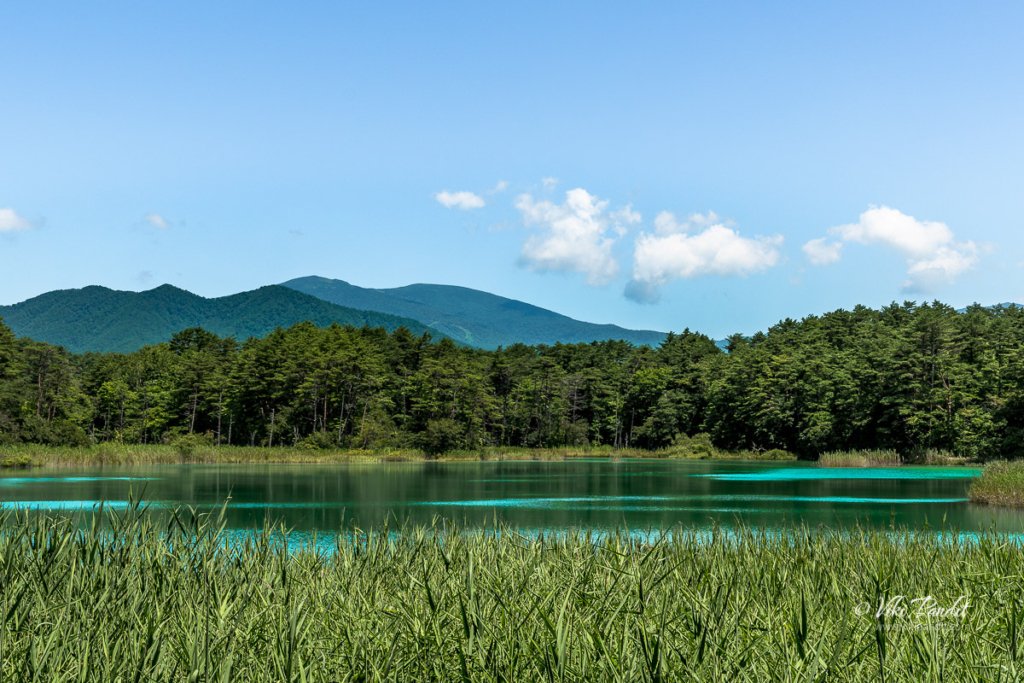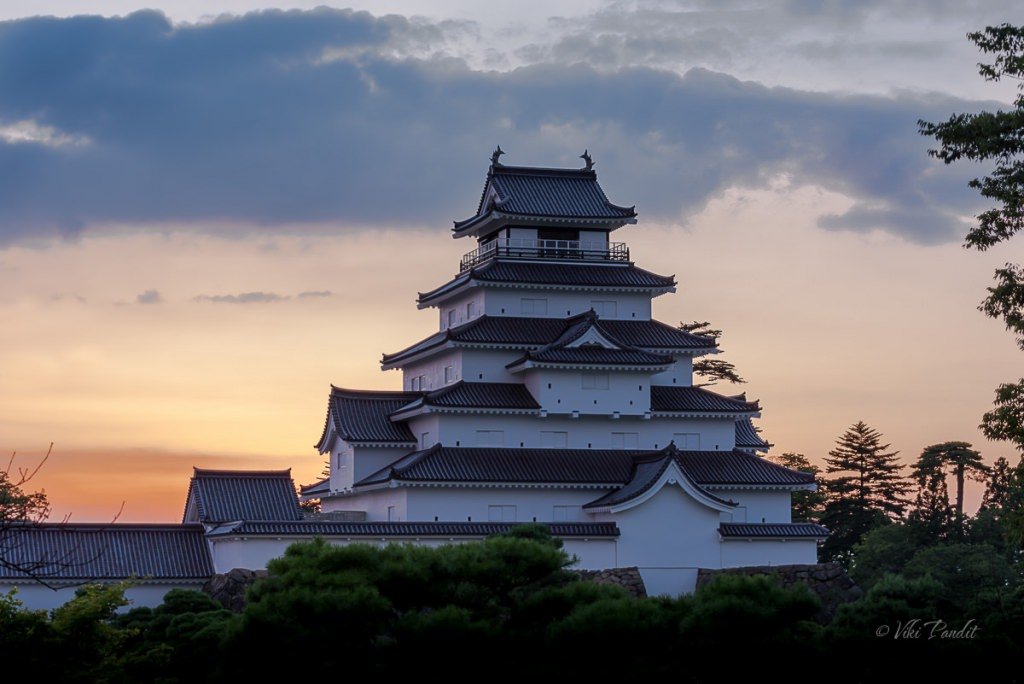
On the Urabandai Goshiki-numa Trail
We take a hike along the Goshiki-numa trail in Bandai-Asahi National Park, that runs along five mysterious ponds each with its own tinge of blue water. These ponds were created by the lava from the eruption of Mt. Bandai in 1888, where one can witness the volcanic minerals dissolving in the water, imparting each pond with its own shade of color ranging from green to whitish blue.
